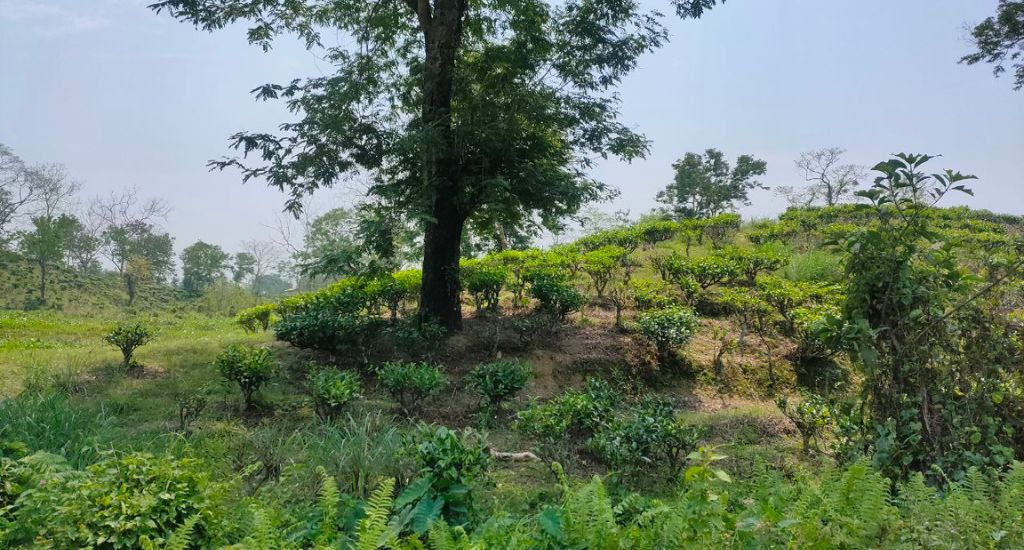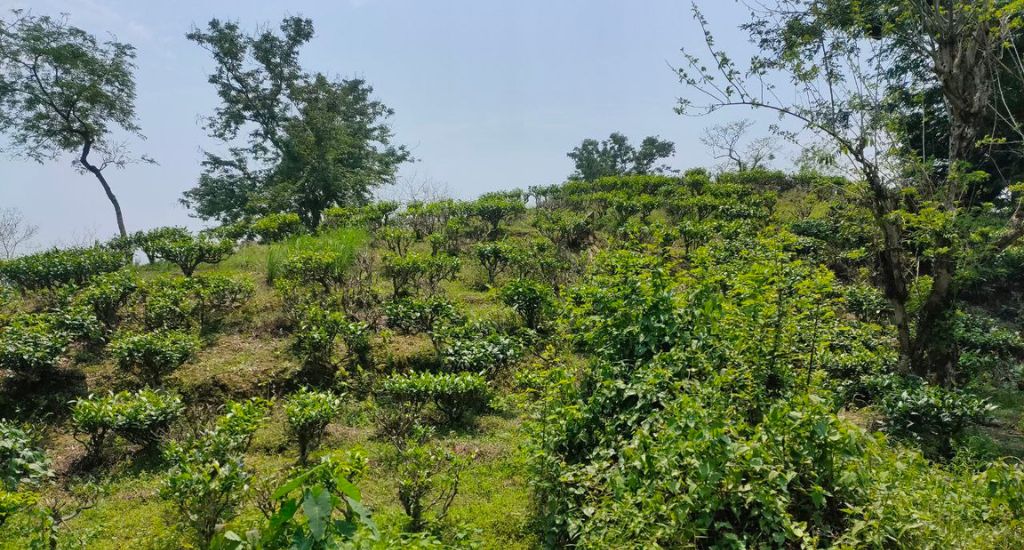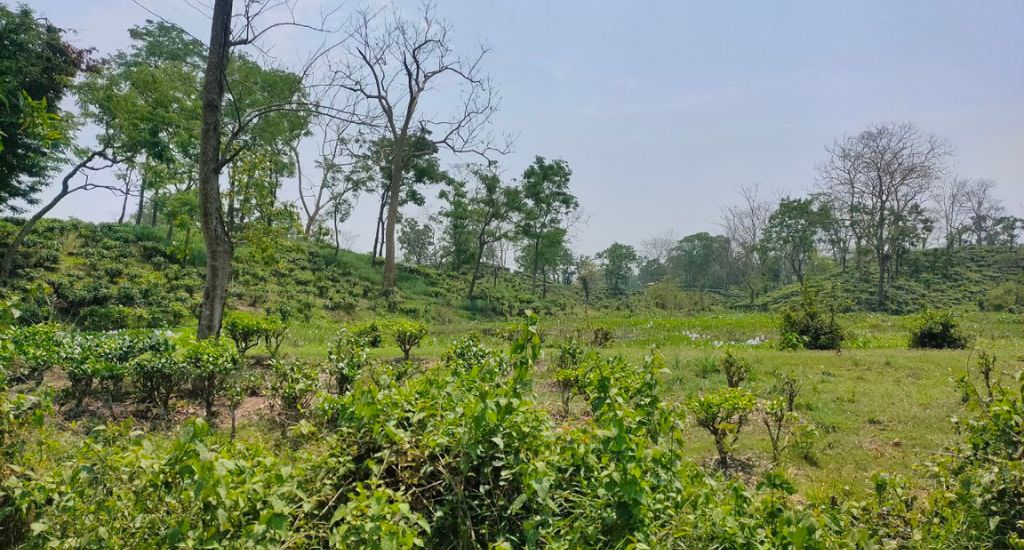
Trouble brews in Bengal’s tea gardens
While India is the second largest producer of tea in the world, the tea gardens in Bengal face many issues. A few initiatives will help the tea gardens thrive.

While India is the second largest producer of tea in the world, the tea gardens in Bengal face many issues. A few initiatives will help the tea gardens thrive.
Chai! Indians’ favourite anytime, anywhere drink. How else can one explain the fact that we consume 87 percent of the tea that we produce ( 2021-2022).
India is the second largest tea producer in the world after China.
During British rule, tea was brought from China, primarily to break the Chinese monopoly. The British found the weather and climatic conditions of northeastern India favourable for tea cultivation, and started growing tea in the northern parts of Bengal. Subsequently, tea cultivation began in some parts of south India and other hilly areas.
Well, that is the history of tea in India. However, the current scenario is different, indicating that India’s tea industry can do better with some changes and new initiatives.
Tea gardens stretch over the hills of the Himalayas and the Western Ghats. Northern India accounts for 83 percent of the tea produced in the country. Among the states, Assam is the leading producer, followed by West Bengal.

Of the tea plantations covering approx. 6.20 lakh hectares (ha) in India, West Bengal has 1.39 lakh ha, as of 2022, as per data from the Tea Board of India. While the total number of tea gardens in India is 1,567, Bengal has 449 of them.
In the financial year 2022-23, India produced nearly 1,374.97 million kgs of tea.
As per a recent report, there are 276 tea estates in north Bengal, with 2.5 million people dependent on this industry.
But Bengal’s tea gardens are grappling with a lot of problems, with a detrimental impact on their sustainability.
The weather and local environment are being impacted by climate change. Because of increasing temperatures and changing rates of rainfall, tea production in north Bengal has been decreasing. The changing climate is affecting the characteristics of tea too.
Also Read: Cultivating liquid gold in Uttarakhand’s tea odyssey
Due to bugs and pests, the production of tea plantations has been decreasing. The Helopeltis theivora bug species caused severe damage in plantations, as per a study by Bidhan Chandra Krishi Viswavidyalaya in June 2020. This is reflected in the production, which was the highest in 2019 in recent years.
The environmental problems that tea gardens face include landslides and soil erosion.
Workers of tea gardens are not paid wages as per market standards. Human resources norms and global best practices are not implemented.
Healthcare needs attention, as tea garden workers face death due to snake bites, attacks from wild animals and other diseases.

Access to clean water and energy is one of the key issues. Workers don’t have proper solid waste management facilities and toilets. As the quality of life is poor in Indian tea gardens, workers have been choosing alternative livelihoods.
For small growers, it’s a losing battle with the large plantations.
When tea garden owners shift their business to countries such as Kenya and Sri Lanka due to international politics and price wars, it affects the workers’ livelihoods.
Some initiatives will ensure that the tea gardens of north Bengal remain sustainable.
Developing sustainable solutions for tea gardens requires considering several variables, such as the influence on the environment, worker welfare, productivity and consumer needs.
Tea gardens can switch to sustainable and organic farming practices to reduce the need for chemical fertilisers and pesticides. Bio fertilizers, bio-pesticides and sustainable water management will help tea gardens survive in competitive markets.
Water-saving strategies like rainwater harvesting and drip irrigation can be adopted. Soil conservation and afforestation techniques will restore damaged land and preserve natural resources.
Also Read: Cup full of joy — tea time in India
Planting trees that provide shade will help in maintaining some natural areas that will serve as home to native species and improve biodiversity.
Cutting-edge farming methods and equipment will improve the quality of tea and the productivity of tea gardens. There needs to be more research and development to create tea cultivars that are disease- and pest-resistant.
Workers in tea gardens should be assured of fair pay and decent working conditions. They should have good housing, healthcare and educational opportunities. There should be mechanisms to handle their grievances.
Access to clean energy is important for the climate-vulnerable residents.
Owners should invest in community development initiatives that prioritise skill development, infrastructure and sanitation.
They should work with regional associations and government bodies to tackle social concerns and raise standards of life in the neighbourhoods.
Training courses on effective production practices and post-harvest processing will help tea growers improve productivity and prevent losses.
Growers can lower their carbon footprint by switching to energy-efficient practices and renewable energy sources. Composting, recycling and other waste management techniques should be put into practice to reduce pollution.
Growers need to invest in marketing and branding to stand out and attract premium markets. They can explore specialised markets, such as single-origin, fair trade, and organic teas.
Direct trade connections with purchasers will guarantee openness and reasonable pricing.
Novel goods and procedures can be developed by collaborating with academic institutions and business leaders. Investments in genetic and biotechnology research would help in creating high-yielding, disease-resistant tea cultivars.
To be competitive in foreign markets, growers should follow international quality standards. Rainforest Alliance, organic and fair-trade certifications would exhibit growers’ dedication to environmental and social responsibility. Eco-friendly packaging would reduce the negative impact on the environment.
Also Read: Tea garden workers face bitter home truth in Bengal
Tea growers can interact with legislators to push for policies that support fair trade and sustainable farming.
Collaborative work with associations within the industry can help in solving problems together and achieving common objectives.
Carbon credits, a proper recycling policy and organic agriculture in buffer zones will improve the quality of life of tea workers. Alternative livelihood generation will increase the income of tea garden workers.
Long-term resilience, competitiveness and sustainability may be enhanced in tea gardens by implementing a comprehensive strategy that considers economic, social and environmental factors.
While tea is a popular global drink, paying attention to the environmental impact and the welfare of workers in tea gardens will go a long way in sustaining the tea industry.
The lead image shows a tea garden in Silchar (Photo by Rangeet Mitra)
Rangeet Mitra is a development professional who works with several central and state government departments as well as non-governmental organisations. He is a chemical engineer with an MBA in public systems (environment).